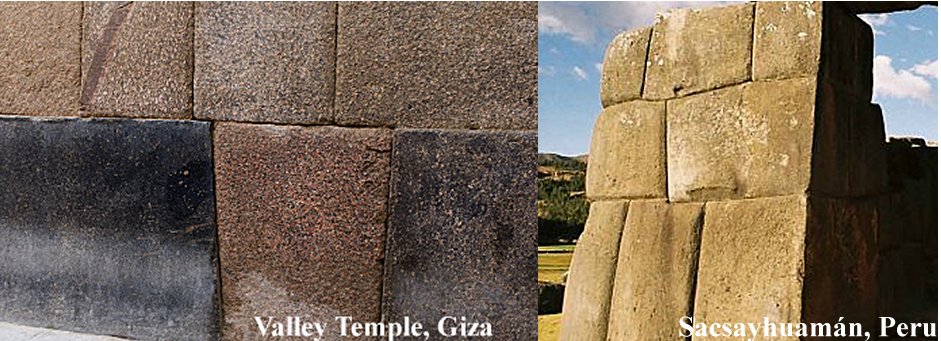Valley Temple At Giza: Great Masterwork Testifies To Remarkable Engineering Skills Of Megalith Builders
A. Sutherland - AncientPages.com - The Valley Temple at Giza, which is usually ascribed to the Pharaoh Chephren (2520-2494 BC) is a remarkable and mostly unusual ancient structure.
The lack of inscriptions strongly suggests that it was built before the use of hieroglyphics in Egypt. All original obelisks of gigantic size created as single stone monuments were also created without hieroglyphs.
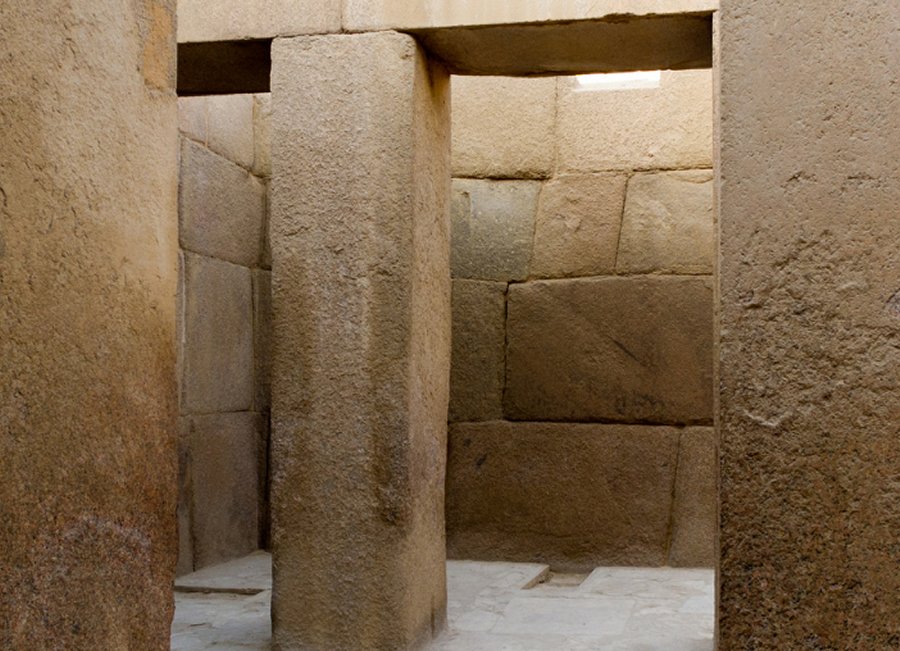
Valley Temple at Giza. Image source
“The Egyptians always engraved hieroglyphics and decorations into any of their architecture. The only exceptions are those buildings, such as Great Pyramid, the Osirion, and the Valley Temple of the Sphinx, that are thought by many archaeologists now to be older than other structures,” D. H. Childress, “Technology of the Gods”.
The Valley Temple was constructed of huge granite and limestone blocks. These blocks are perfectly fitted together in a jigsaw pattern that interlocks the blocks.
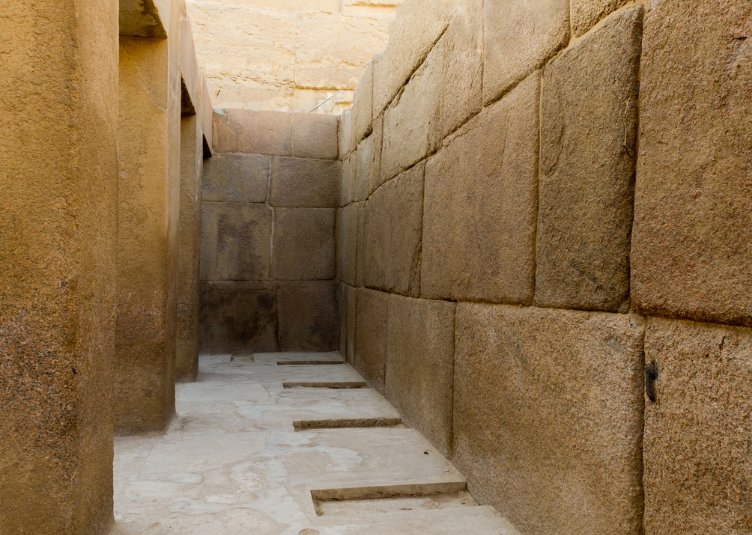
Valley Temple at Giza, Egypt - Even today there are only a few cranes large enough to lift and maneuver such weights. Image source:
“What makes the Valley Temple so remarkable is the sheer size of the stones used in construction and the incredible number of them. Not content with using hundreds of 200-ton blocks of limestone, the builders of the Valley Temple had also managed to lift these huge stones to heights of over 40 feet!
See also:
Sacsayhuamán – Was It Built By ‘Demons’ Or Viracocha The Bearded God?
30,000-Year-Old Hidden Writing Found At Sacsayhuamán Temple Could Re-Write History
Mystery Of Monte Albán – Ancient City ‘At The Foot Of The Heavens’ Built By The Zapotecs
To give some kind of perspective, the largest sarsen stones at the famous Stonehenge in Southern England weigh a mere 50 tons, and they were not lifted to anywhere near these heights. The engineering logistics are simply incredible.
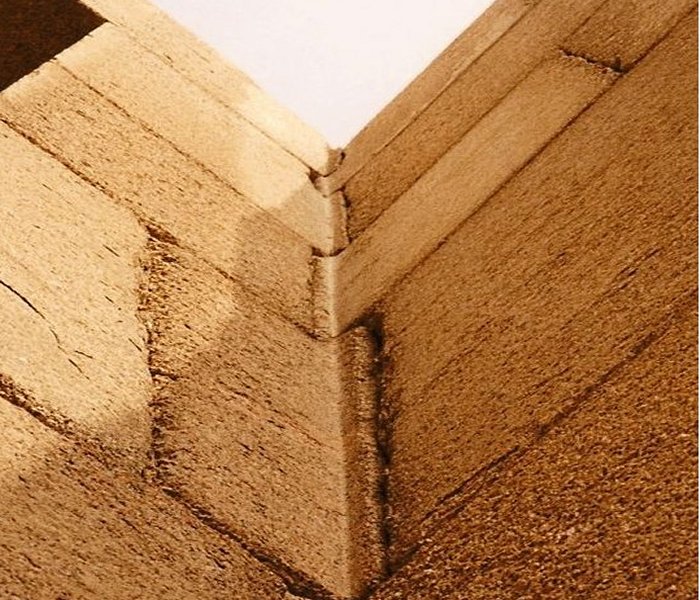
A corner was not created by the staggering of two different sizes of blocks, instead the corners of the Valley Temple were built into the blocks themselves and alternated between the adjoining walls.
A block of limestone this size weighs as much as 300 automobiles! Even today there are only a few cranes large enough to lift and maneuver such weights and these are “gantry” cranes made of structural steel and powered by massive electric motors.
To build something like the Valley Temple, such a crane would have to be mobile, rolling on steel tracks built into an enormous base of re-enforced concrete..." (Graham Hancock, “The Message of the Sphinx”)
Undoubtedly, this type of construction testifies to the engineering skills of the builders and it also remind us about other ancient megalithic structures, corresponding in appearance to the Valley Temple at Giza.
The remains of them are found at Sacsayhuaman, Cuzco, Ollantaytambo and even Machu Picchu.
Written by – A. Sutherland AncientPages.com Staff Writer
Copyright © AncientPages.com All rights reserved. This material may not be published, broadcast, rewritten or redistributed in whole or part without the express written permission of AncientPages.com
Expand for referencesReferences:
Childress, D. Hatcher. Technology of the Gods: The Incredible Sciences of the Ancients
Hancock Graham.“The Message of the Sphinx”
More From Ancient Pages
-
 Mystery Of The Stone Of Destiny Solved – It Was Originally A Doorstep!
Archaeology | May 2, 2024
Mystery Of The Stone Of Destiny Solved – It Was Originally A Doorstep!
Archaeology | May 2, 2024 -
 Gigantic Engravings Of A Giraffe Created Long Before Egypt As We Know It Existed
Ancient Mysteries | Jan 14, 2015
Gigantic Engravings Of A Giraffe Created Long Before Egypt As We Know It Existed
Ancient Mysteries | Jan 14, 2015 -
 On This Day In History: Alexander The Great Defeats Darius III Of Persia In The Battle Of The Granicus On May 22, 334 B.C.
News | May 22, 2016
On This Day In History: Alexander The Great Defeats Darius III Of Persia In The Battle Of The Granicus On May 22, 334 B.C.
News | May 22, 2016 -
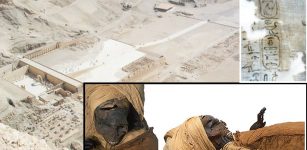 King Seqenenre Taa II Was Killed By Hyksos Invaders – Mummy Scans Reveal His Wounds
Archaeology | Feb 17, 2021
King Seqenenre Taa II Was Killed By Hyksos Invaders – Mummy Scans Reveal His Wounds
Archaeology | Feb 17, 2021 -
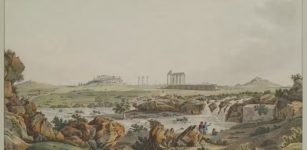 ‘The Waters Become Corrupt, The Air Infected’: Here’s How Ancient Greeks And Romans Grappled With Environmental Damage
Featured Stories | Nov 4, 2024
‘The Waters Become Corrupt, The Air Infected’: Here’s How Ancient Greeks And Romans Grappled With Environmental Damage
Featured Stories | Nov 4, 2024 -
 Who Was The Unknown Man Who Influenced Historical Events Shaping America’s Future Before Vanishing Forever?
Featured Stories | Jan 19, 2025
Who Was The Unknown Man Who Influenced Historical Events Shaping America’s Future Before Vanishing Forever?
Featured Stories | Jan 19, 2025 -
 Controversial Stone Statues Of Niulang And Zhinyu And The Legend Of The Heavenly Queen And Milky Way
Artifacts | Sep 8, 2017
Controversial Stone Statues Of Niulang And Zhinyu And The Legend Of The Heavenly Queen And Milky Way
Artifacts | Sep 8, 2017 -
 Wayland The Smith: Legendary Master Blacksmith And Lord Of The Elves
Featured Stories | Jul 14, 2016
Wayland The Smith: Legendary Master Blacksmith And Lord Of The Elves
Featured Stories | Jul 14, 2016 -
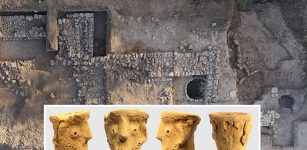 Mysterious Sanctioned Ancient Temple In Jerusalem Create Some Biblical ‘Problems’
Archaeology | Mar 5, 2020
Mysterious Sanctioned Ancient Temple In Jerusalem Create Some Biblical ‘Problems’
Archaeology | Mar 5, 2020 -
 Controversial Unexplained Ancient Mystery In Mongolia – Discovery Of Remarkable Secrets Hidden In Artificial Cave – Part 1
Ancient Mysteries | May 1, 2018
Controversial Unexplained Ancient Mystery In Mongolia – Discovery Of Remarkable Secrets Hidden In Artificial Cave – Part 1
Ancient Mysteries | May 1, 2018 -
 Coyote: Hero, Trickster, Immortal And Respected Animal In Native American Myths
Featured Stories | May 10, 2016
Coyote: Hero, Trickster, Immortal And Respected Animal In Native American Myths
Featured Stories | May 10, 2016 -
 2,000-Year-Old Roman Sandal With Nails Found In Germany
Archaeology | Jun 28, 2024
2,000-Year-Old Roman Sandal With Nails Found In Germany
Archaeology | Jun 28, 2024 -
 Legend Of Bochica And Mysterious Ancient Stone Structures In Colombia
Featured Stories | Jun 5, 2016
Legend Of Bochica And Mysterious Ancient Stone Structures In Colombia
Featured Stories | Jun 5, 2016 -
 Thousands Want To Drink Red Liquid From The Granite Sarcophagus In Egypt
Archaeology | Jul 23, 2018
Thousands Want To Drink Red Liquid From The Granite Sarcophagus In Egypt
Archaeology | Jul 23, 2018 -
 Hermes – Divine Trickster, Psychopomp, Patron Of Merchants And Thieves In Greek Mythology
Featured Stories | Jan 15, 2019
Hermes – Divine Trickster, Psychopomp, Patron Of Merchants And Thieves In Greek Mythology
Featured Stories | Jan 15, 2019 -
 When Did Humans First Start To Speak?
Featured Stories | Dec 12, 2022
When Did Humans First Start To Speak?
Featured Stories | Dec 12, 2022 -
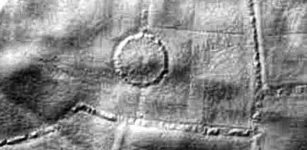 LIDAR Technology Reveals Lost Bronze Age Forts In Devon
Archaeology | May 4, 2020
LIDAR Technology Reveals Lost Bronze Age Forts In Devon
Archaeology | May 4, 2020 -
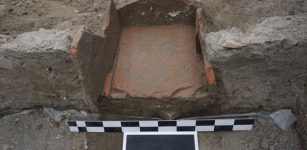 Ancient ‘Refrigerator’ And Unique Coins Discovered In Roman Military Camp In Bulgaria
Archaeology | Oct 3, 2022
Ancient ‘Refrigerator’ And Unique Coins Discovered In Roman Military Camp In Bulgaria
Archaeology | Oct 3, 2022 -
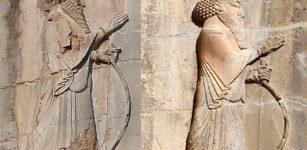 Naqsh-e Rostam: Spectacular Tomb Complex With Rock Reliefs From Elamite To Sasanian Times
Civilizations | Nov 15, 2018
Naqsh-e Rostam: Spectacular Tomb Complex With Rock Reliefs From Elamite To Sasanian Times
Civilizations | Nov 15, 2018 -
 Babylonian Astronomers Used Geometry To Track Jupiter – 1,400 Years Before Europeans
Archaeology | Jan 28, 2016
Babylonian Astronomers Used Geometry To Track Jupiter – 1,400 Years Before Europeans
Archaeology | Jan 28, 2016

